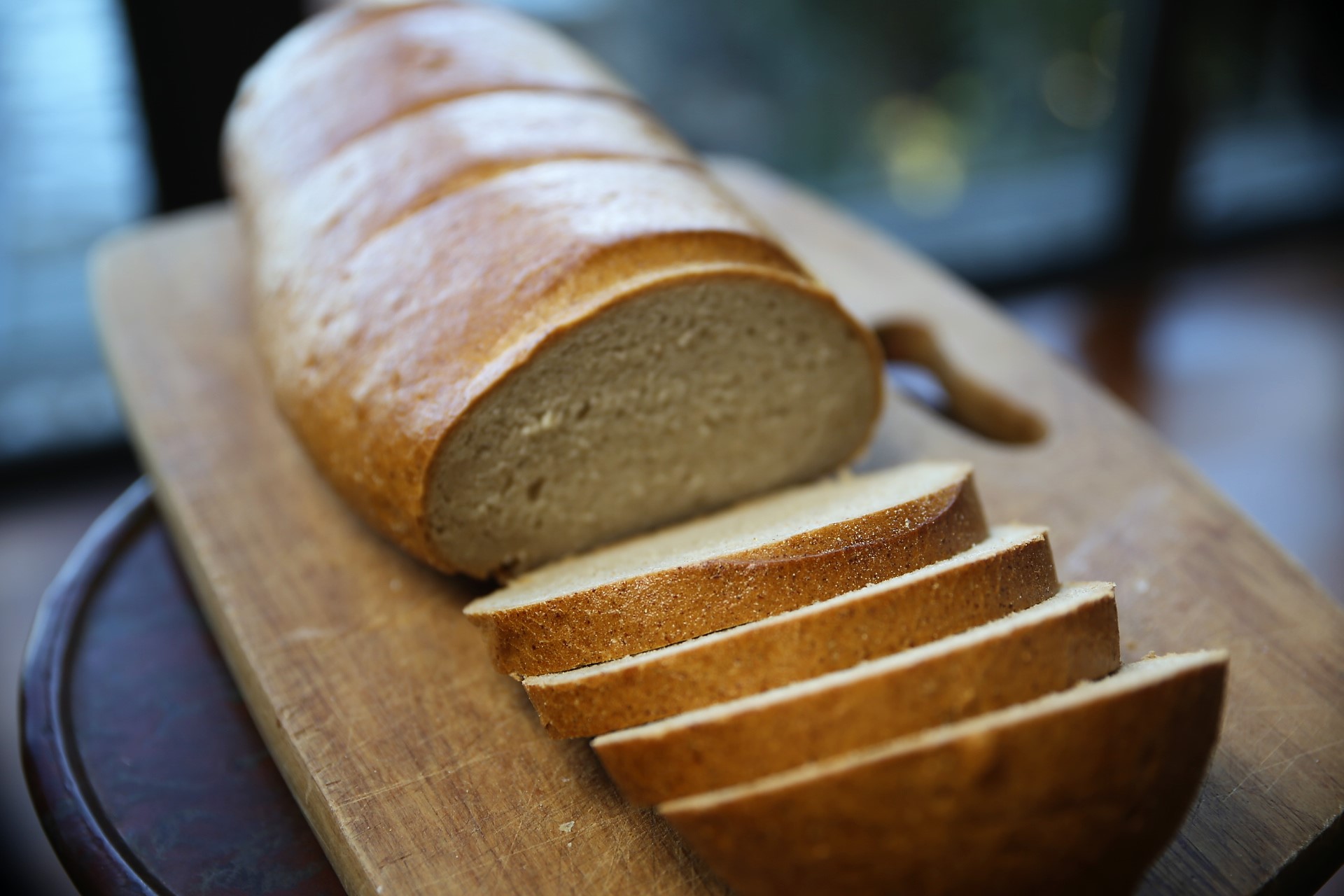- Home
- Posts
- Recently Updated
- Wheat – have we overdone it?
Wheat – have we overdone it?
Written by
on Wednesday, 22 August 2018.
Tagged: carbohydrates, carbs, healthy eating, healthy lifestyle, nutrition, wheat

While wheat is fabulous at making soft breads and being extruded into pasta and noodles, it has come to dominate our daily diet in ways we don’t realise. Here’s how you can shift the emphasis off wheat and get more rye, barley, rice and buckwheat in.
I love wheat - as a grain, flour, kibble or dough. It is so versatile.
It can be milled and made into many diverse foods such as bread, crumpets, pizza, burger buns, pies, pastries, pasta, noodles, couscous and breakfast cereal.
Having worked at the Bread Research Institute where I saw the whole chain from growing to milling and baking, I know there’s very few things that wheat can’t do. And that’s part of the problem. There’s such a wide and diverse range, that most of us don’t realise how much we eat of it.
For example, if you eat a breakfast of wheat flakes or wheat biscuits, then a sandwich for lunch, followed by a pasta dinner, you’re eating wheat, wheat and wheat.
Yes, wheat is a wonderful and versatile grain but we may be eating too much of it.
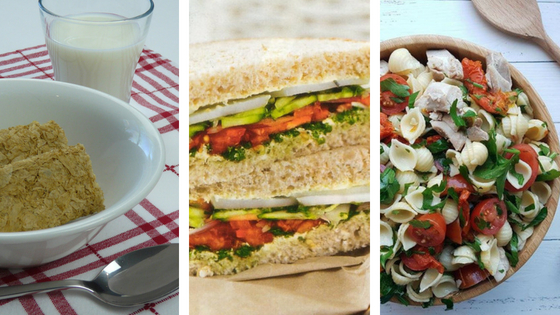
Wheat overtakes rye and barley
Wheat has replaced the other older grains of rye and barley which once dominated Europe. These were overtaken by wheat in the 18th and 19th centuries as they didn’t have wheat’s unique gluten which gave it a special capacity to be baked into well-risen and light bread.
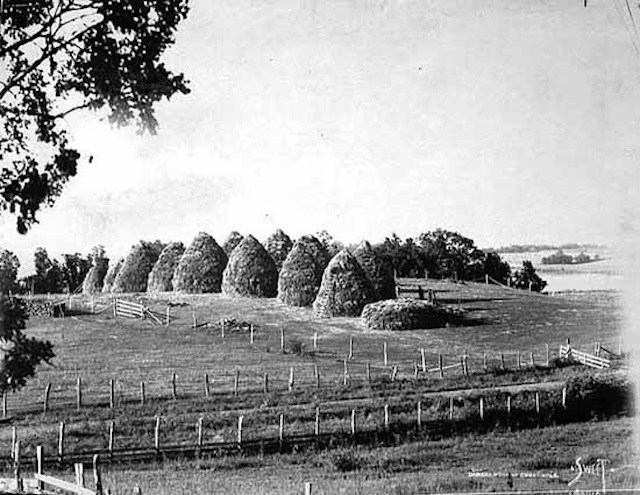
Lots has been written about barley and rye in history and this is not the place to talk about them more. Just keep in mind that barley was once the main grain of Europe but is now mainly grown for beer brewing where it is malted and produces a superior malt to wheat.
Rye, however, has survived in colder parts of Europe such as Scandinavia and Eastern Europe (Russia, Poland, Germany) where wheat is difficult to grow.
Variety of grains
Don’t overlook the fact that we need a variety of different grains in our diet. We expect to eat a variety of various vegetables and fruit (think of “Eat by the rainbow” and similar slogans), so why not in grains? Here’s how I would swap out the wheat and swap in the grain alternatives.
Breakfast
- Oats makes your breakfast options easy and provide a top source of soluble fibre – cook up a pot of porridge with fruity toppings or tuck into a muesli with its glorious array of nuts, seeds, brans and fruits
- Say “No” to wheat biscuits or wheat flakes, If you like a biscuit format, there are sorghum-based gluten-free biscuits now that look and taste very similar.
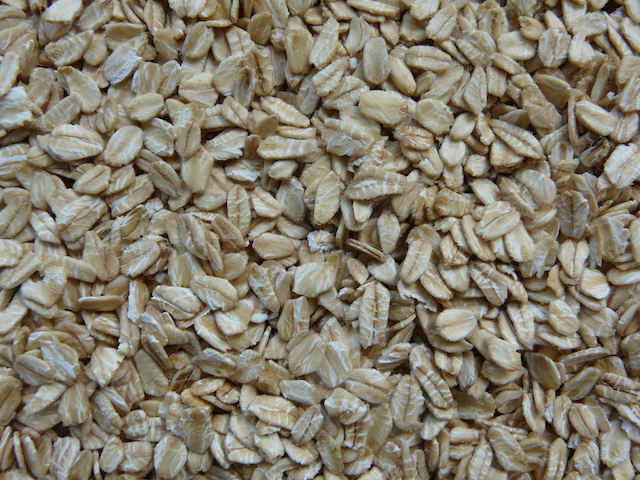
Lunch and toastie things
- Bread is hard to replace as wheat has the best gluten. So look for breads with a partial amount of wheat plus another grain. For instance, light rye breads are a blend of 30 per cent rye with 70 per cent wheat and this seems to be a popular ratio. Ditto for spelt bread or quinoa bread or grain bread like the soy-linseed combos.
- Go for rye breads (30% rye), mountain thin bread made from barley, rye or amaranth.
Snacks
- Rye crisp bread (Ry-king, Ry-vita) hit the top notes here
- Go for rice cakes
- Forget wheat thins or wheat crispbreads
Dinner
- Ditch the wheat pasta and switch to rice, buckwheat, pearled barley, rice noodles, buckwheat soba, pulse pasta or oaty pasta.
- Add a starchy vegetable in the form of white potato or sweet orange potato (kumera), parsnip, celeriac, turnip or cannellini beans
- Use rice, quinoa or pearl barley instead of couscous or small pasta.
- Use wheat-free Tamari instead of soy-sauce.
- Make cauliflower couscous instead of using the wheat version.
- Use rice noodles, konjac noodles or even zoodles (zucchini noodles) instead of wheat.
- ‘Dilute’ any grains such as rice or quinoa with non-starchy vegetables such as green beans, capsicum, snow peas or zucchini.
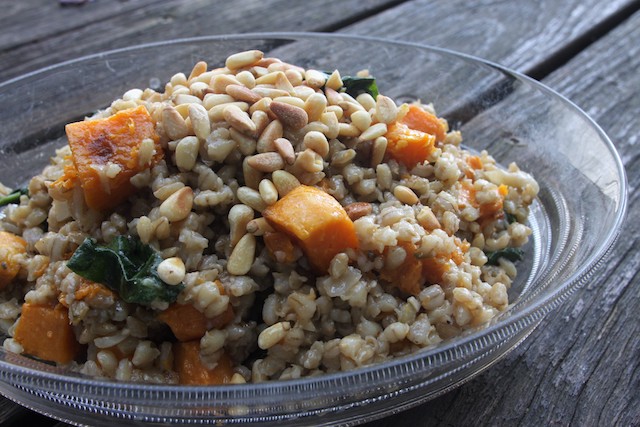
The bottom line
- Save wheat for what it’s best at – making a good chewy, risen loaf. Wheat still makes the best bread.
- Use other grains where you can in place of wheat where you don’t want that functionality
Jemma O'Hanlon
The Good Stuff
The Boring Stuff
© 2025 Foodwatch Australia. All rights reserved
Website by Joomstore eCommerce
